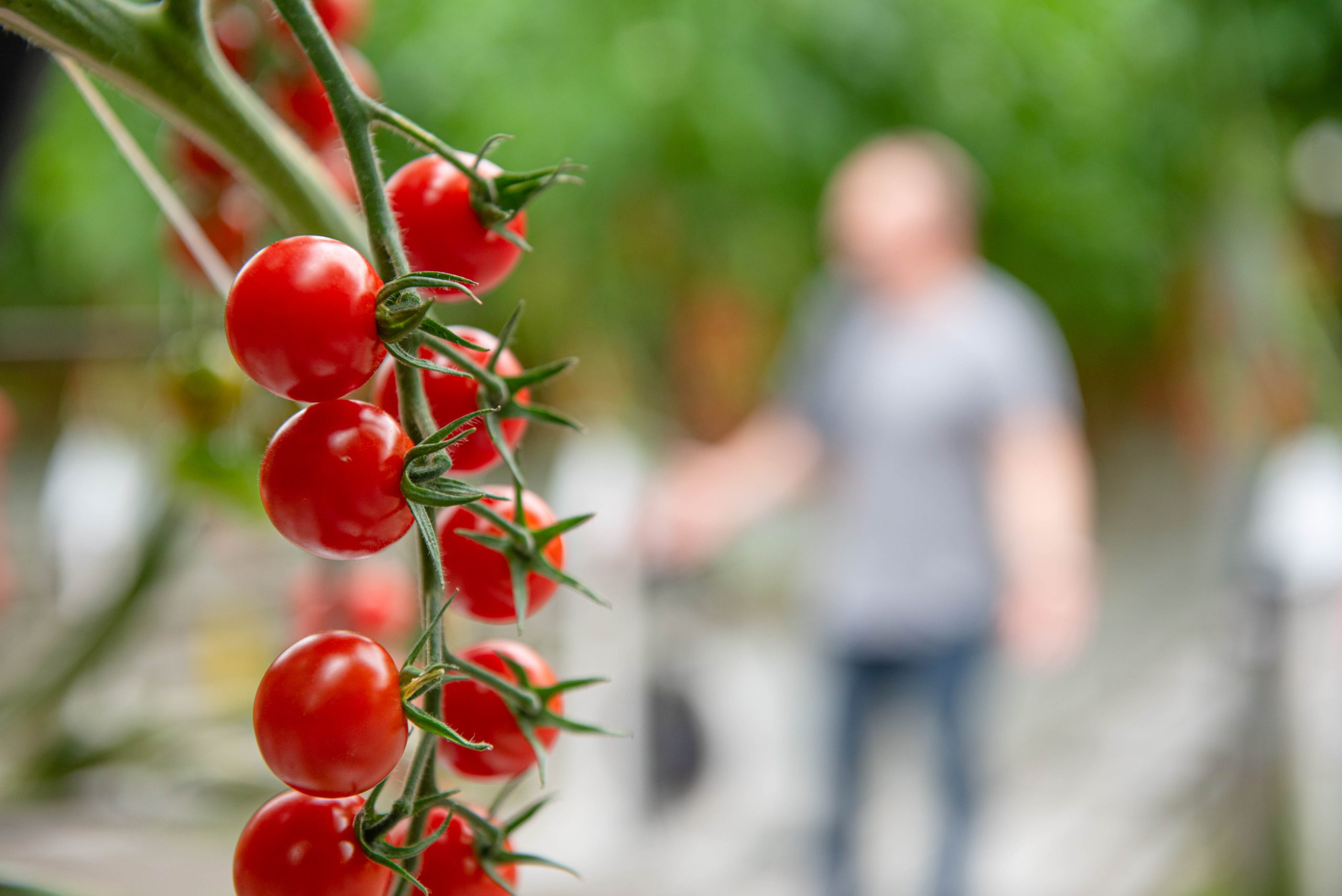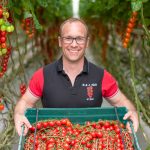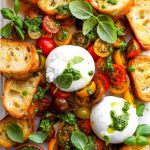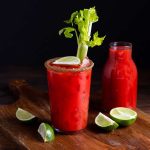As the cold winter months settle in, there’s nothing more comforting than a hearty, warming stew. This Tomato and Lentil Stew is packed with rich tomato flavour, nutritious lentils, and aromatic spices, making it the perfect winter warmer. It’s not only satisfying but also healthy, making it ideal for cosy dinners by the fire.
Ingredients:
- 2 tbsp olive oil
- 1 onion, finely chopped
- 2 garlic cloves, minced
- 2 carrots, diced
- 2 celery stalks, diced
- 1 large can (28 oz) of crushed tomatoes
- 1 can (14 oz) of diced tomatoes
- 1 cup dried green or brown lentils, rinsed
- 4 cups vegetable broth
- 1 tsp ground cumin
- 1 tsp smoked paprika
- 1/2 tsp ground coriander
- 1/4 tsp chili flakes (optional for heat)
- 1 bay leaf
- Salt and pepper to taste
- 2 handfuls of fresh spinach (optional)
- Fresh parsley or cilantro for garnish
Instructions:
- Prepare the Base:
- Heat the olive oil in a large pot over medium heat. Add the chopped onion, garlic, carrots, and celery. Sauté for 6-8 minutes until the vegetables are soft and the onion is translucent.
- Add the Tomatoes and Lentils:
- Stir in the cumin, smoked paprika, coriander, and chili flakes. Let the spices cook for 1-2 minutes to release their aroma.
- Add the crushed tomatoes, diced tomatoes, and lentils to the pot. Pour in the vegetable broth and add the bay leaf. Stir well and bring the mixture to a boil.
- Simmer the Stew:
- Once boiling, reduce the heat to low and let the stew simmer for 25-30 minutes, or until the lentils are tender. Stir occasionally to prevent sticking, and add more broth or water if needed to reach your desired consistency.
- Finish and Serve:
- Season the stew with salt and pepper to taste. If using spinach, stir it into the stew during the last few minutes of cooking until it wilts.
- Serve the tomato and lentil stew in bowls, garnished with fresh parsley or cilantro. Pair it with crusty bread for dipping.
















